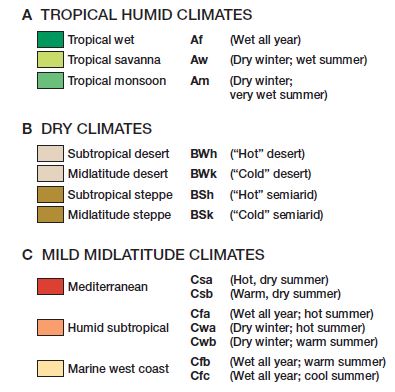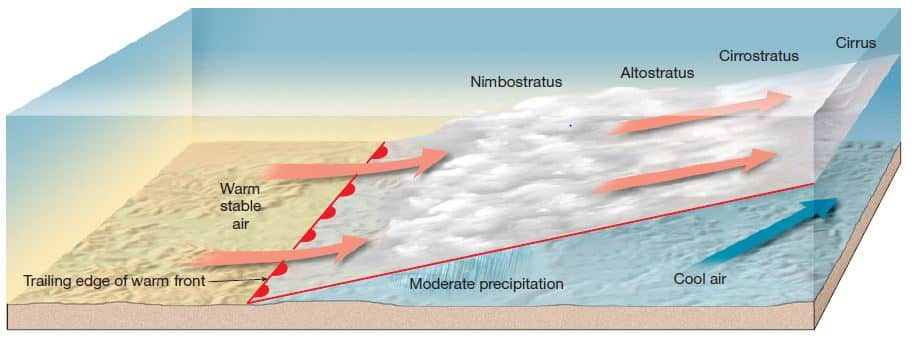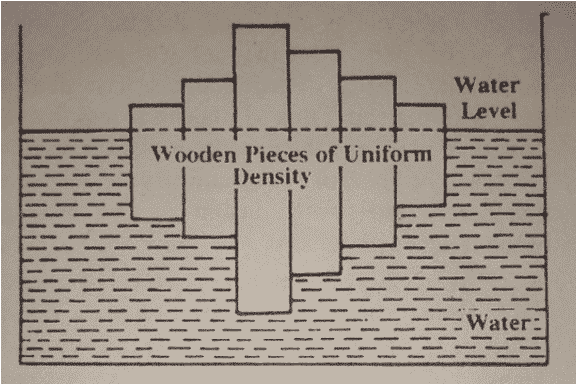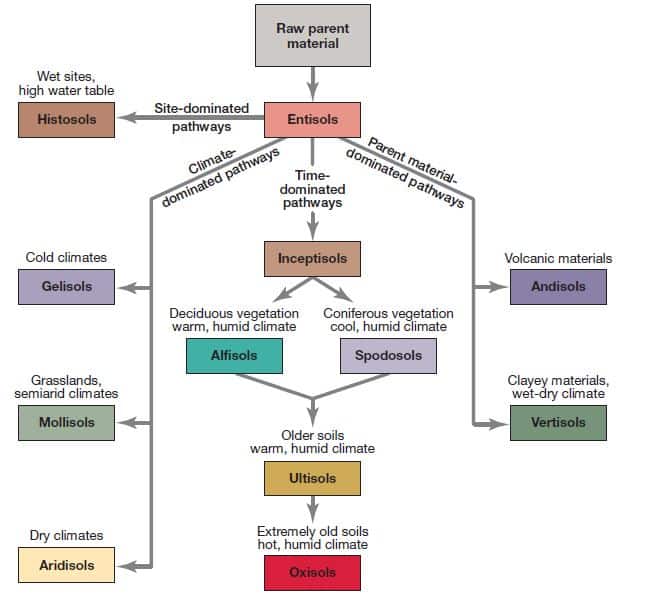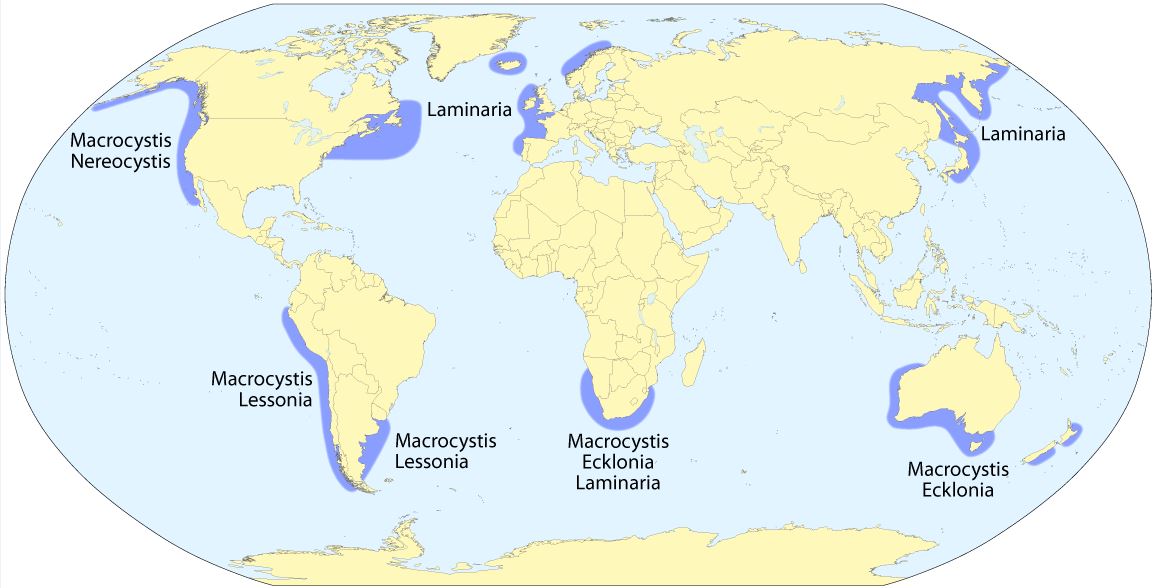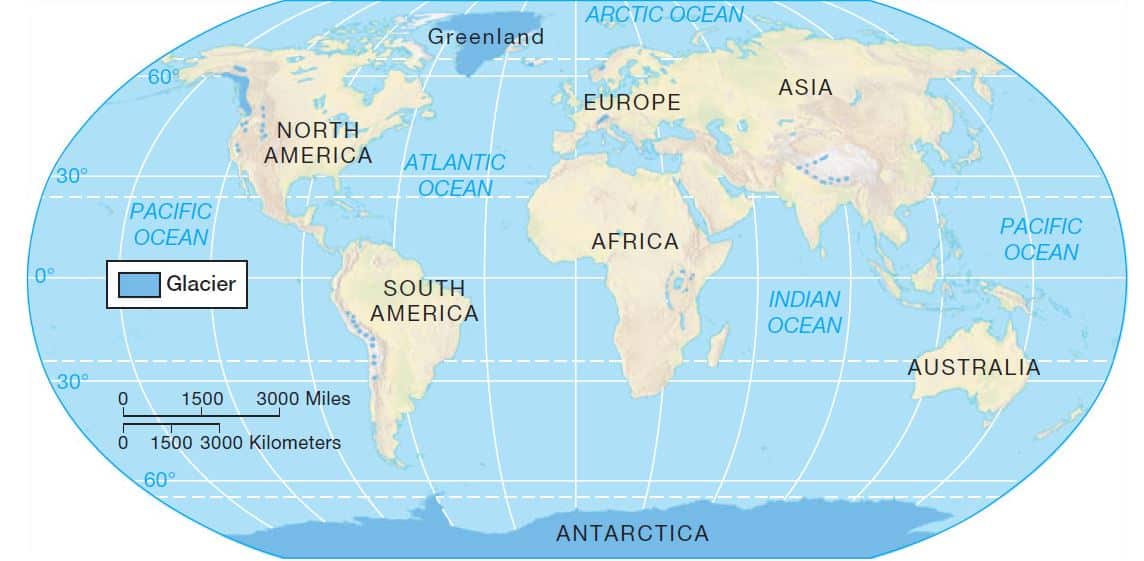The Köppen Climate Classification System | UPSC – IAS
To cope with the great diversity of information encompassed by the study of global climate distribution, we need a classification scheme to simplify, organize, and generalize a vast array of data.
The Koppen climate classification system is by far the most widely used modern climate classification system. Wladimir Köppen (1846–1940; pronounced like “kur-pin” with a silent r) was a Russian-born German climatologist who was also an amateur botanist.
- The first version of his climate classification scheme appeared in 1918, and he continued to modify and refine it for the rest of his life, the last version being published in 1936.
- The system uses as a database only the average annual and average monthly values of temperature and precipitation, combined and compared in a variety of ways. Consequently, the necessary statistics are commonly tabulated and easily acquired.
- Data for any location (called a station) on Earth can be used to determine the precise classification of that place, and the geographical extent of any recognized climatic type can be determined and mapped. This means that the classification system is functional at both the local and the global scale.
- Koppen defined four of his five major climatic groups primarily by temperature characteristics, the fifth (the B group) on the basis of moisture. He then subdivided each group into climate types according to various temperature and precipitation relationships.

Image Explanation – The modified Köppen climatic classification. There are 5 major climate groups (and the special category of Highland) and 15 individual climate types.
Modified Köppen system | UPSC IAS | Geography Optional
Köppen was unsatisfied with his last version and did not consider it a finished product. Thus, many geographers and climatologists have used the Köppen system as a springboard to devise systems of their own or to modify Koppen’s classifications.
Modified Köppen system encompasses the basic design of the Koppen system but with a variety of minor modifications. Some of these modifications follow the lead of Glen Trewartha, who was a geographer and climatologist at the University special category of highland (H) climate.
Image: Climatic regions over land areas (modified Koppen system).
Köppen Letter Code System | UPSC IAS | Geography Optional
In the modified Koppen system, each climate type is designated by a descriptive name and by a series of letters defined by specific temperature and/or precipitation values (image).
- The first letter designates the major climate group,
- The second letter usually describes precipitation patterns, and
- The third letter (if any) describes temperature patterns.
Although the letter code system seems complicated at first, it provides a shorthand method for summarizing key characteristics of each climate.
For example, – If we look for the definitions of the letters in Csa, one of the letter code combinations for a mediterranean climate, we see that:
C = Mild mid latitude climate
s = Summer dry season
a = Hot summers

